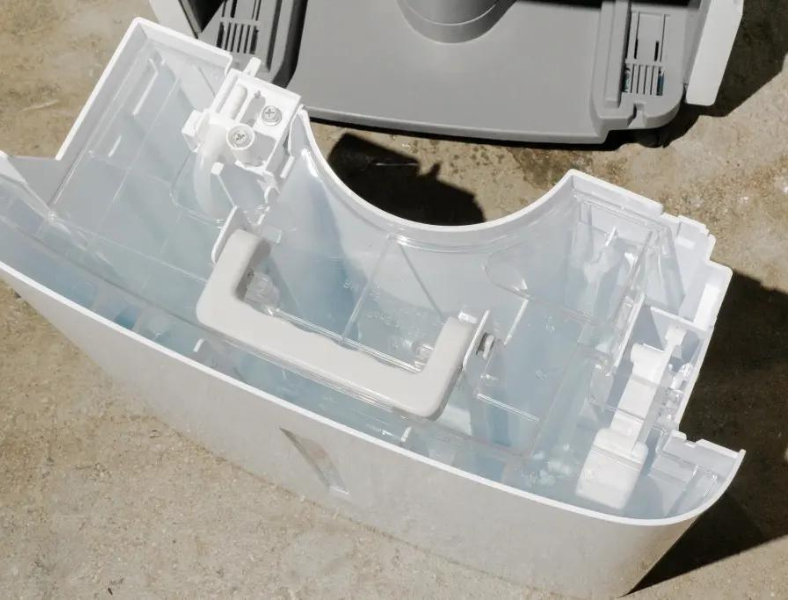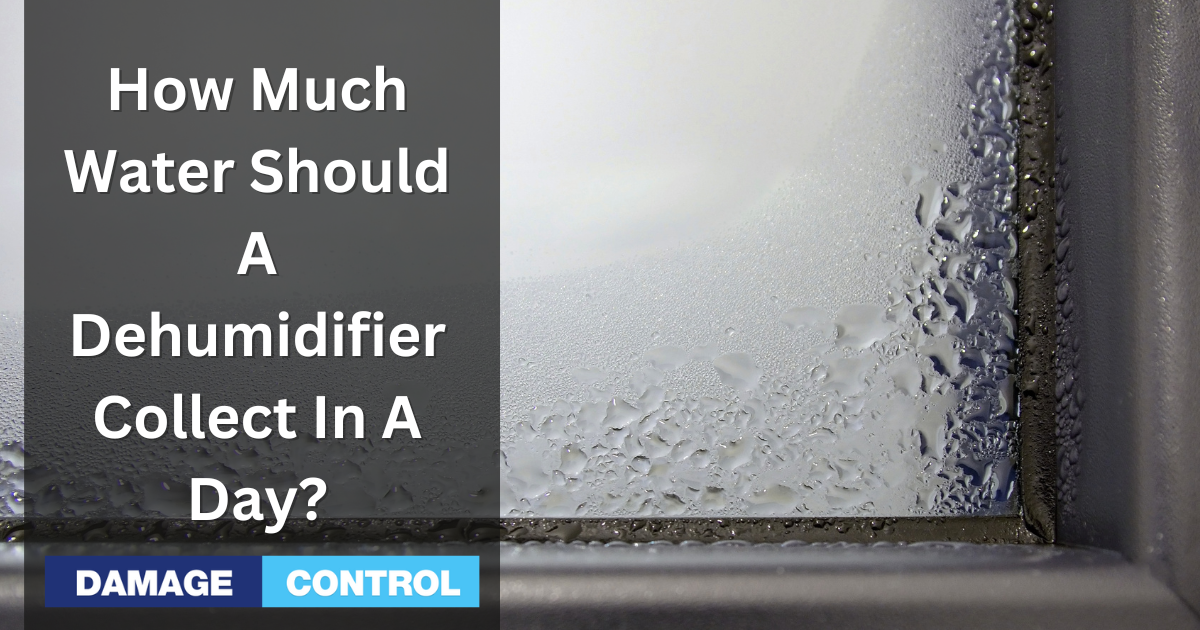Are you wondering how much water a dehumidifier should collect in a day? Well, you've come to the right place! We'll explore everything there is to know about dehumidifiers and help you find the answers you're looking for. Let's get started, shall we?
Understanding Humidity
Humidity is the water vapor, making us feel sticky or damp. It comes in two types: relative and absolute. Relative humidity is the percentage of moisture in the air compared to the most it can hold at a certain temperature. Absolute humidity is the amount of water vapor in the air, measured in grams per cubic meter.
Humidity affects our health and homes a lot. High humidity can worsen allergies and asthma, making breathing hard. Dehumidifiers can help with this.
Also, high humidity is perfect for mold and mildew to grow. This can make a musty smell and harm your home and health. It can also damage things like wood, paint, and electronics.
Dehumidifiers: An Overview
Dehumidifiers are like home heroes, crucial for a comfy and healthy space by reducing extra moisture in the air. They come in two types: refrigerant and desiccant. Refrigerant dehumidifiers condense air moisture using cooling coils, while desiccant ones use a material to absorb moisture.
Picking the right dehumidifier involves a few key factors. First, consider its capacity, measured in pints per day, to know how much moisture it removes. Then, ensure it fits the size of your space.
If you're unsure about the size, look for guides to help you decide. Finally, features like auto shut-off, adjustable humidity settings, and filter indicators are important. They make the dehumidifier more user-friendly and efficient.
Determining How Much Water Your Dehumidifier Should Collect

Figuring out how much water your dehumidifier should gather depends on a few things. These are the humidity around you, the room's size, how the air moves, and the dehumidifier's ability to collect moisture. Most experts say to keep humidity between 30-50%.
A good article can help you find the best setting for your dehumidifier. Remember to change the settings as the seasons change, with lower humidity in winter and higher in summer.
Monitoring and Evaluating Dehumidifier Performance
Proper Dehumidifier Maintenance
Keep your dehumidifier happy with regular cleaning and filter replacements. Follow these best practices:
- Clean filters every month or more often if needed.
- Replace filters as recommended by the manufacturer.
- Wipe down the exterior to keep it dust-free.
We have a detailed guide and walkthrough of what you need, what to look for, and how to do it.
To stop your dehumidifier's water tank from overflowing, there are two good ways to get rid of water. The first is manual emptying. This means you empty the tank when it's full or when it turns off by itself.
The second way is continuous drainage. You attach a hose to the dehumidifier so the water goes into a drain. This means you don't have to empty it by hand.
Dehumidifiers don't usually use much energy, but you can save energy and money with those with Energy Star certification. To use it well, ensure windows and doors are closed when it's on. This makes it work better. Also, don't use exhaust fans simultaneously, as they can make it less effective. And be careful not to set the humidity too low, or it will use too much energy.
Cost-benefit analysis
Operating a dehumidifier costs money but can save you cash in the long run. Here's how:
- Reduced damage to your home and belongings from mold and mildew.
- Lower medical bills thanks to improved respiratory health.
- Enhanced comfort and well-being (priceless!).
Conclusion
That's a wrap, folks! Now you know all about dehumidifiers and how much water they should collect daily. Remember to choose the right model, maintain it properly, and monitor its performance. Happy humidity hunting!
Frequently Asked Questions (FAQs)
- How do I know if I need a dehumidifier? – If you notice dampness, mold, musty smells, or have allergy symptoms, it's time to consider a dehumidifier. Learn more about the benefits here.
- What size dehumidifier do I need for my space? – It depends on the room size and humidity level. Check out this handy guide to choose the right one.
- How can I determine if my dehumidifier is working properly? – Monitor the daily water collection and compare it to the manufacturer's specs. If it's not collecting enough water or has operational issues, troubleshoot or call the manufacturer.
- Are there alternatives to using a dehumidifier to reduce humidity levels? – Sure thing! You do not always need a dehumidifier. Try improving ventilation, using exhaust fans, or placing moisture-absorbing products like silica gel around your home.
- How can I improve the efficiency of my dehumidifier? – Keep windows and doors closed, avoid using exhaust fans, and maintain the dehumidifier regularly. Also, don't set the humidity level too low; your dehumidifier will work harder than necessary.
- How often should I empty the water tank? – It depends on your dehumidifier's capacity and the humidity level in your space. Check the water tank regularly and empty it when full or when the auto-shutoff kicks in. Alternatively, use continuous drainage to avoid manual emptying.
- Do I need to run my dehumidifier constantly? – Not always. The frequency depends on the humidity level in your space and your desired comfort level. Some models have an auto mode that adjusts the run time based on the room's humidity. Learn more about usage here.
Remember, friends, a happy home is a well-balanced home. Keep that humidity in check, and you'll be breathing easy soon!

